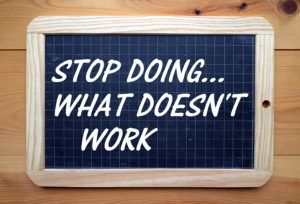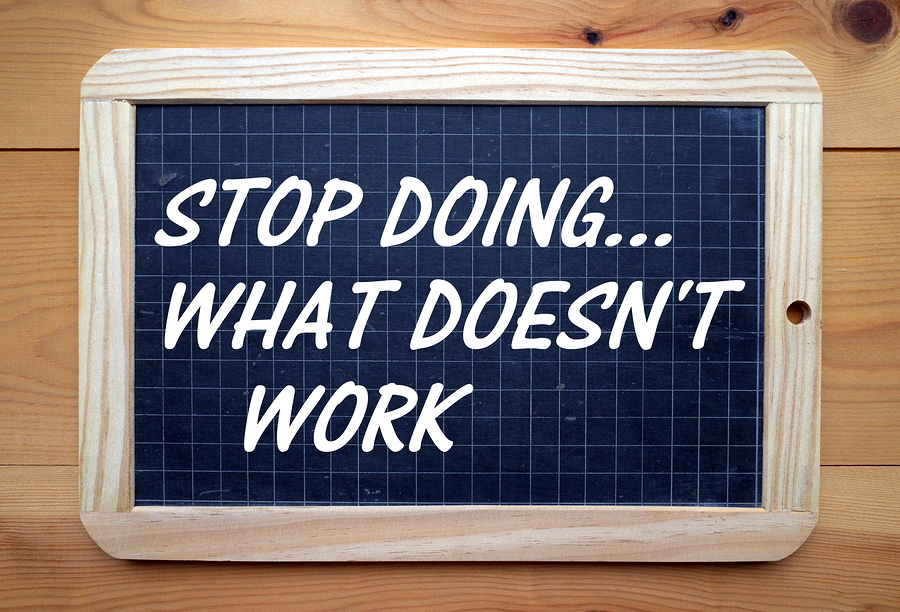As an entrepreneur in stage 2 of business growth—the messy middle—you likely need more time to grow your business. Yet sustained, scalable growth can be elusive. There are many moving parts to a successful business, and it can be difficult to see how they all fit together. Plus, wasteful tasks bog you down and don’t add any value to your bottom line.
That’s where systems thinking comes in. Systems allow you to grow and scale your business. Without systems, your business will quickly reach a ceiling and be unable to expand.
And, as more and more enterprises seek ways to create sustained, scalable business growth, this type of thinking is gaining momentum. Why? Because systems thinking is the key to unlocking sustained, scalable business growth.

Photo by Alvaro Reyes on Unsplash
What Is Systems Thinking?
Systems thinking is a way of looking at your business that sees interconnectedness and interdependence rather than independent and isolated parts.
In a traditional linear system, each part is separate and independent from the others. It’s a siloed approach that creates inefficiencies and stagnation. Additionally, linear thinking and its subsequent siloed approach lead to departments or divisions competing with each other rather than collaborating.
On the other hand, systems thinking is a way of looking at problems that consider the relationships between different parts of a system. It’s a holistic approach that considers how each element of a system affects the other elements. And when you employ systems thinking to solve problems, you can see the big picture and more easily identify potential areas of improvement.
When done correctly, this leads to increased efficiency, opens capacity, and spurs growth.
Why Use Systems Thinking for Business Growth?
In today’s rapidly changing business landscape, it’s more important than ever to adapt quickly to new challenges. Systems thinking provides a framework for doing just that. By understanding how different parts of your business are interconnected, you can make changes that have a ripple effect throughout the organization. This allows you to be nimble and responsive to the ever-changing needs of the marketplace.
There are many benefits to using systems thinking in your business. When this type of thinking is operating, you’ll be able to:
- See the big picture. When systems thinking is employed, you can see how all the different parts of your business fit together. With the big picture in mind, your decision-making improves.
- Find inefficiencies. When systems thinking is used, you uncover inefficiencies in your business and correct them, which opens the capacity for more growth.
- Create sustainable growth. With systems thinking, you can create sustained, scalable growth for your business, which is impossible with a traditional linear approach.
How To Use Systems Thinking
In its simplest form, there are four steps to using systems thinking in your business. First, define the problem you’re trying to solve. Second, identify the different parts of the system involved in the issue. Third, analyze how each part of the system affects the other parts. Finally, develop solutions that address the root cause of the problem, not just the symptoms.
Using these steps, you’ll be able to see problems from multiple angles and develop creative solutions that will help your business grow sustainably.
Systems thinking is about creating and using processes and procedures to automate your business operations. It eliminates the need for manual tasks, which are often time-consuming and inefficient. It also helps streamline your business processes, ensuring everyone is on the same page, services are delivered quickly and efficiently, and unnecessary duplication of work is eliminated.
If you want your business to grow, start thinking like a systems thinker. Use data to understand cause and effect, look for feedback loops, anticipate what will happen next, create experiments, and be prepared to correct course when necessary. Encourage a culture of learning, keep an eye on the big picture, build resilience into your system, and be open to new ideas to embrace change as an opportunity for growth.
Systems thinking is a powerful tool that can unlock sustained, scalable business growth. It creates a ripple effect throughout the entire company and makes your business nimble and responsive in today’s rapidly changing business landscape.




